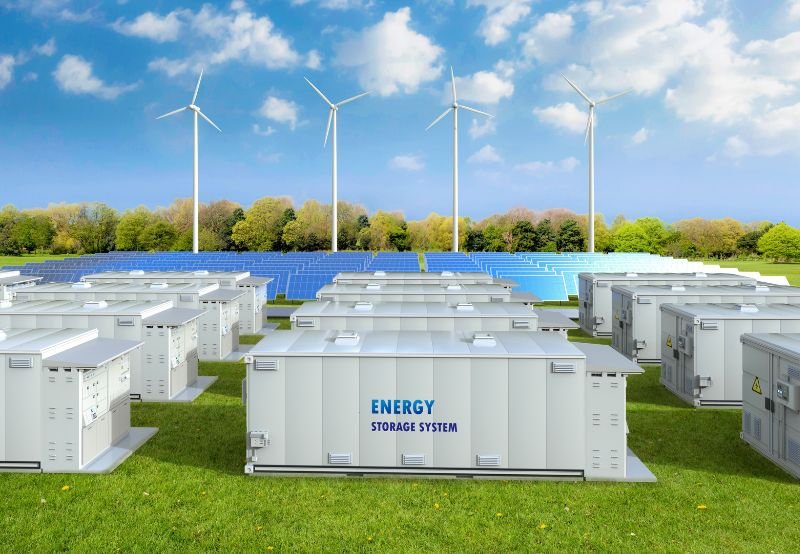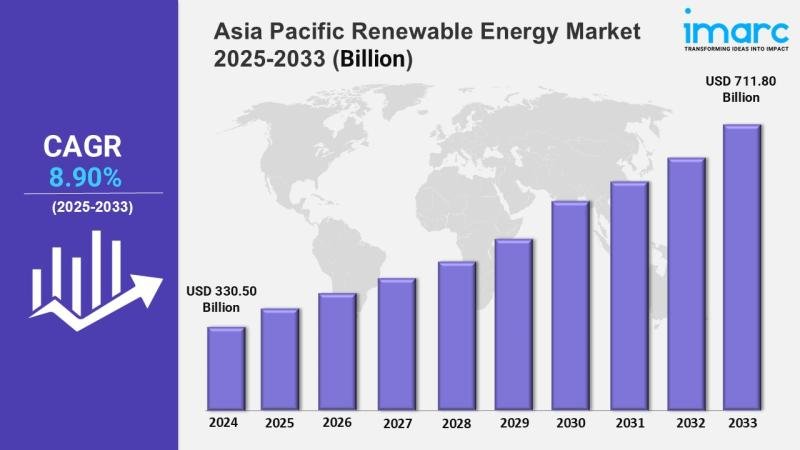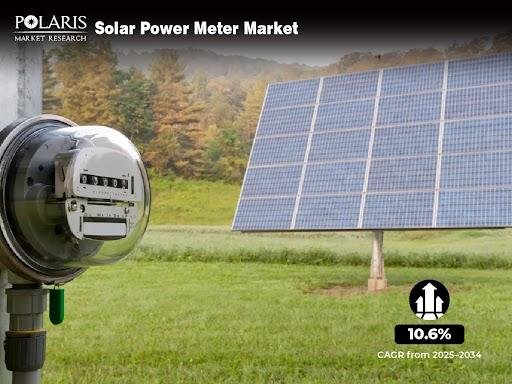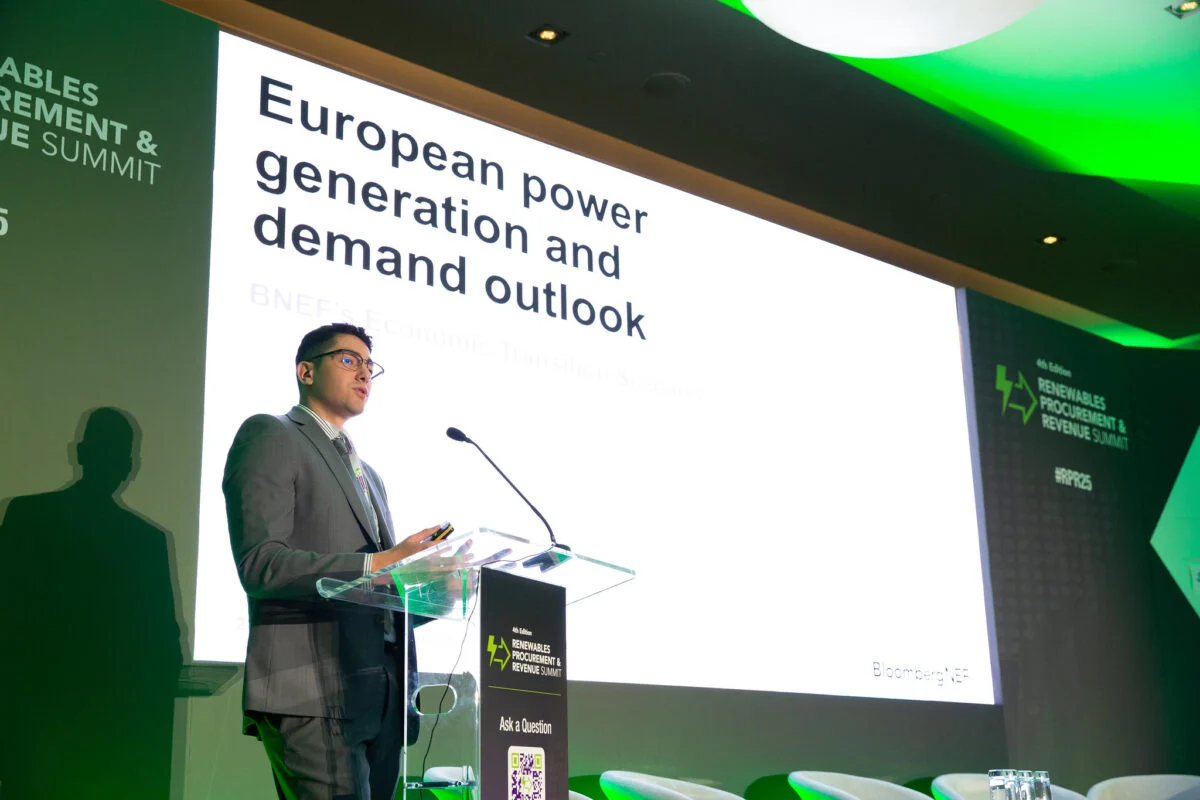In 2024, global renewable energy capacity expanded by a record 741 gigawatts (GW), yet the world is projected to fall short of tripling renewable capacity by 2030 by 800 GW, according to the Renewables 2025 Global Status Report from REN21.
China dominated capacity additions with 445 GW, representing 60.2% of the total. Europe contributed 92 GW, while countries in Oceania and Asia, excluding China and India, added 73 GW. North America accounted for 56 GW, with India contributing 36 GW and Brazil 18 GW. Other regions, including Latin America and the Caribbean, added 8 GW, while Africa and the Middle East collectively increased capacity by 13 GW.
In terms of electricity generation, global output reached an unprecedented 30.9 thousand terawatt-hours (TWh) in 2024, with renewables supplying 31.9% of this total. Fossil fuels remained the primary source at 18.2 thousand TWh (59.1%), though their share is decreasing. Nuclear energy contributed 9% of the total generation. Among renewable sources, hydropower led at 14.3%, with solar and wind experiencing the fastest growth rates. Solar generation surged 16-fold from 2015 to 2024, reaching 2,132 TWh (6.9% of the global total), while wind power production nearly quadrupled to 2,494 TWh (8.1% of total energy consumption). Bioenergy and geothermal sources added 800 TWh, contributing 2.6%.
The total installed solar capacity reached 2.25 terawatts (TW) in 2024, more than double the figure from 2022. An estimated 602 GW of new solar capacity was installed, marking a 32% increase from 2023. China was responsible for roughly 60% of this growth, followed by the United States with 8% and India with 5%. Pakistan emerged as a significant player, accounting for 3% of new capacity, surpassing the combined solar additions of Italy, France, and Australia.
Wind power also saw remarkable growth in 2024, with 116.8 GW of new capacity added. Onshore wind installations increased by 3.1% to 109 GW, while offshore wind installations fell by 27.5%. China again led this expansion, contributing 68.3% of total wind additions. Excluding China, global wind capacity additions dropped by 9.6%. The total installed wind capacity reached 1,135.4 GW, an 11.2% year-on-year increase. However, the sector faced challenges such as policy uncertainties, rising costs, permitting delays, and local opposition in various regions.
Despite the growth in renewable energy deployment, the world remains behind the 2030 target of 11,000 GW of installed capacity. Achieving this goal requires more than doubling the current capacity within six years, necessitating an unprecedented rate of development.
Battery energy storage systems emerged as the fastest-growing storage technology in 2024, with 69 GW of new capacity added globally, raising the total installed capacity to approximately 150 GW. Grid-connected systems comprised 78% of these additions. China was the leader in deployment, accounting for 67% of new installations, spurred by policies mandating battery storage alongside new solar and wind projects. The U.S. added 10.4 GW to reach a total of 26 GW, while Europe, Latin America, and the broader Asia Pacific also experienced growth.
Pumped hydro storage remains the dominant energy storage technology, with a global capacity of 189 GW. Additions in 2024 totaled 8.4 GW, a 4.5% increase from the previous year. The overall energy storage capacity additions are projected to grow by 35% in 2025, reaching 94 GW or 247 GWh.
Global investment in renewable energy reached $728 billion in 2024, an 8% increase from the previous year, though much lower than the 19% growth seen in 2023. Solar power and electric vehicles received the majority of this funding, indicating an imbalance across technologies. Currently, investments are at just 48% of the annual level required to meet the net-zero emissions target by 2050.
Annual investment in solar power surged 22% to $521 billion in 2024, emphasizing solar’s role in the energy transition. Investment patterns reveal significant regional disparities: China led with over $290 billion, while the European Union and the UK saw investments drop from $142 billion in 2023 to $114 billion in 2024. U.S. investment fell from $110 billion to approximately $97 billion, while investment in Asia (excluding China), Africa, and the Middle East continued to gain momentum.
Wind energy investment declined by about 15% in 2024, reaching its lowest level since 2021 due to persistent permitting issues, supply chain challenges, and unfavorable economic conditions. Investment in power grids and energy storage reached record highs in 2024, with grid spending increasing by 15% to $390 billion. Energy storage investment rose 36% to $54 billion, primarily due to projects in Asia and the U.S. However, further grid investment is essential to accommodate the scale of renewable generation necessary for meeting global climate goals.
High capital costs remain a significant barrier for deploying renewable energy in emerging economies. The cost of financing utility-scale solar and wind projects is often more than double that in advanced economies due to political instability, currency risks, and underdeveloped financial markets. Reducing capital costs in these regions could substantially lower global financing needs, with a one percentage point reduction potentially saving $150 billion annually. Countries such as Kenya and Senegal face higher costs compared to developed markets, risking delays in their energy transition without targeted policy and financial support.
As governments increasingly focus on energy security, renewable energy sources are becoming central to national strategies. New commitments underscore the recognition of renewables as vital for climate action. Distributed and off-grid solar systems are rapidly expanding in emerging economies, driven by public demand. Power purchase agreements from tech firms and industrial players reflect growing confidence in renewables as reliable energy sources. The integration of renewable energy across various sectors, along with advances in digitalization and artificial intelligence, is enhancing energy systems and planning.




